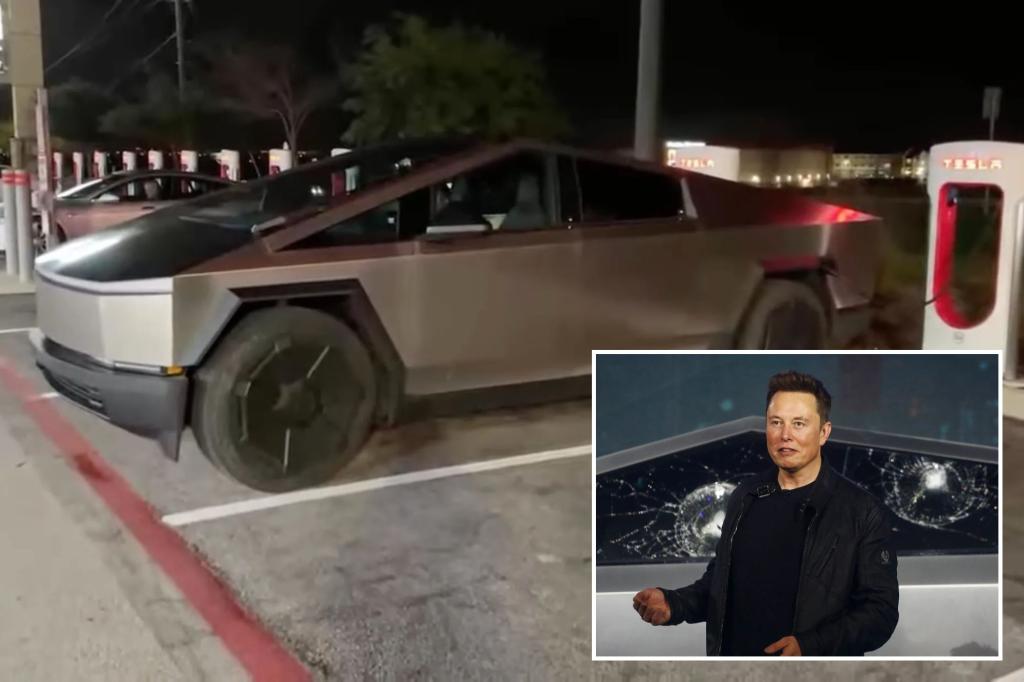Tesla Cybertruck gets less than 80% of advertised range in YouTuber’s test::A YouTuber took Tesla’s Cybertruck on a ride to see if it can actually hit its advertised 320-mile range, only to find out that its could only reach 79% of the target. When YouTuber Kyle Conn…



In traffic, the largest reduction of efficiency comes from accelerating and the braking. You use energy to start moving (proportional to m V^2) and then you dump that energy into heat in your brakes to stop. The second comes from idling where you use energy to keep the engine rotating. As others have mentioned, EVs use regenerative braking so a substantial portion of the energy used to slow and stop the car is used to recharge the battery. EVs have no need to keep an engine running so unless you’re running the a/c there are minimal demands on a stopped/idling EV.
On the highway, you have the internal friction in the drivetrain to overcome, the constant deformation of the tires, and - most importantly - wind resistance, which is proportional to cd x rho x V2.
Cd (drag) and rho (air density) are low, but that V (speed) squared means driving at 75mph incurs 25x the energy use as driving at 15 mph. An EV gets no sage harbor here - plowing through a fluid (air) is essentially the same work.
To give you a sense of numbers, my vehicle (F150) gets less than 10mpg the 5 miles to my local pool/gym. The speed limit is 25 mph but there are stop signs every block or two. Lots of braking loss. On back roads with gentle curves and a 45 mph limit I get close to 30 mpg. That’s the sweet spot between overcoming transmission friction and air resistance. On the highway at 60 mph I get 22-23 mpg. At 78-79 mph I get 19 mpg. These are all generally on flat stretches using the 6 min average on my dashboard.
(Sorry for the long post…I’m an engineer and mechanical efficiency and aerodynamics are my happy place)
Ah so actually it’s not that ICE vehicles are more efficient at highway speeds, it’s that they are just SO MUCH worse in city driving that it only seems that way.
Interesting, I never thought about it that way
It’s both. Nearly all ICEs are specifically optimised to cruise at 50mph. Anything more or less will significantly reduce your MPG.
But yeah, slow speeds are really inefficient in an ICE.
Any braking without energy recovery is wildly wasteful. Public transit (busses, trains) are fucking terrible wastes of energy due to their large mass and frequent stops. Hybrid and/or electric busses are, in this respect, potentially far superior to their diesel counterparts. I’m not a train person (engineer…train…haha) but I don’t think even the all electric trains use regenerative braking and there are few battery powered trains in service.
I’ve spent the last year altering my driving habits when I can. I try not to be an asshole when others are around/in traffic, but when I’m not pressed I will coast to a stop as much as possible (esp uphill) and use hills to gain momentum. Over 6000 miles, I’ve raised my overall mpg around 18%.
For trains and subways, you can build the stations slightly above the rest of the tracks so that a train will naturally break when reaching the station, and accelerate when leaving. Efficiently storing energy in potential gravitational form. I’m not sure how frequently this is done, but at least in my city the subway does this at most stations.
Don’t be. I’m happy to learn.
Don’t apologise, this was a great post!